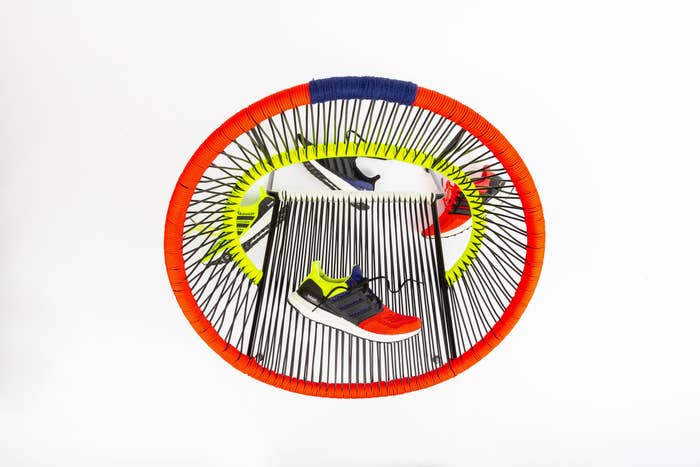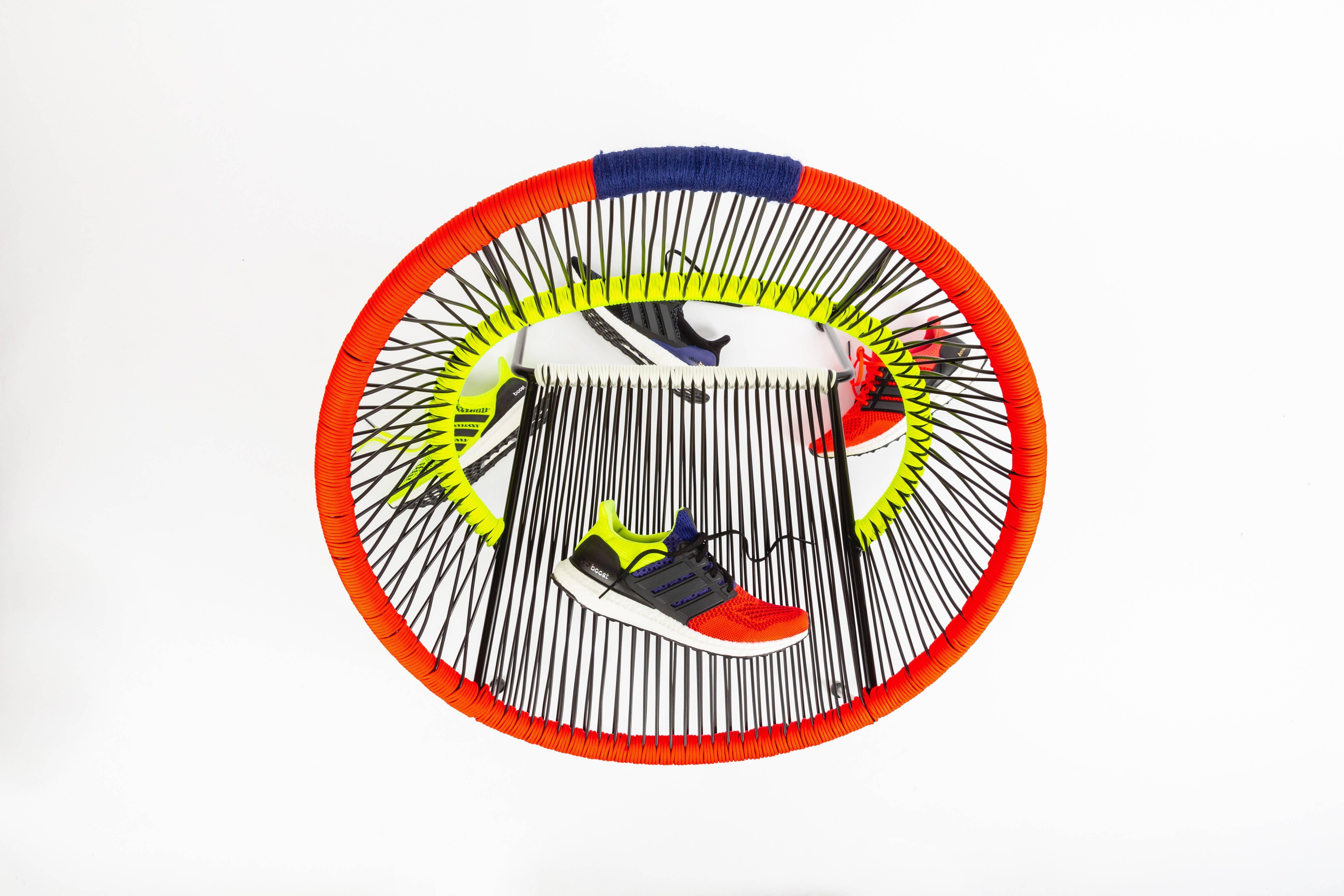
It’s a Monday morning and I’m talking to Mike Packer, owner of Packer Shoes in New Jersey, about his sneaker that he dropped last week, a collaboration with Adidas on the Ultra Boost. “Did you guys even notice that it dropped on Friday?” he says. It seems like a simple question, but he’s asking because he decided to put the sneaker online and in store—there were 500 pairs in total—and not tell anyone. When they’re gone, they’re gone. People only knew about it because his store told everyone on Monday that they had a sneaker release the previous week.
“People can say what they want about the [Ultra Boost], but at the end of the day it's still an icon of Adidas,” Packer says. “We wanted to do something with the numbers that we were doing and try to dial things back to a day when things were pure. And I think that's just the Ultra Boost in general when it first came out. It was something that one, caught people by surprise. And two, when you saw it, you had appreciation for it and it built from there.”
The shoes themselves are interesting take on the Adidas Ultra Boost—combining the three original colorways of the shoe to create something new—which is a sneaker that’s lost its luster over the years. It was going to take a special release to make a limited-edition Ultra Boost feel important. Sneaker releases have also grown out of control as time goes on. First come, first serve in-store releases rarely happen these days, mainly due to issues with violence and pandemonium. This has resulted in the raffle system that frustrates many consumers, leading some to feel that things are rigged against them. Online releases, with the proliferation of add-to-cart bots, have become shit shows where hundreds of thousands of people are trying to scoop up as few as 24 pairs of shoes from a retailer. But Packer thinks that release tactics such as this can offset all the negatives of trying to sell hype sneakers.
“I think the ways of releasing shoes in-store have matured to where you can control that. Whether it's in-store raffles to now online raffles, and it’s become automated. So that has become a little bit more calm,” Packer says. “But I think this project is basically turning everything upside down, and it was this release we literally just said, ‘You know what, let's do it all backwards.’”
It’s hard to imagine, though, that a brand such as Adidas would be OK with a retailer releasing its product, especially a limited collaboration, in such a manner. But that was the case with this project, which was part of the brand’s Consortium initiative. “Keeping the product quiet, keeping the rollout quiet is the same way the people at Adidas found out about it,” Packer says. “They have the trust in us. Obviously this project was done with Consortium and them knowing about it, but the project was unique to us and exclusive to us and the trust was there.”
“A lot of the guys that have been around; we all remember the days when things were a little bit more pure than they are now. And is it sometimes old school thinking to think that way? Yeah,” Packer says. “But I think it's something like this that can sort of stick out from everything that's sort of been out there. And it's not just product.”
The sneakers are now reselling for over $400, proving that there’s a market for them.

